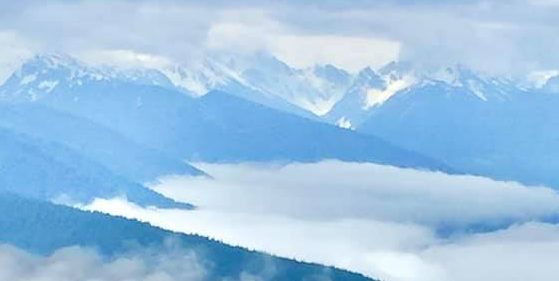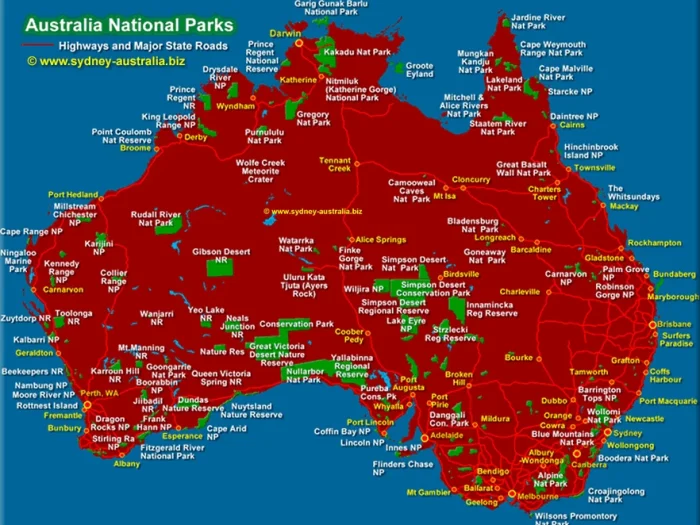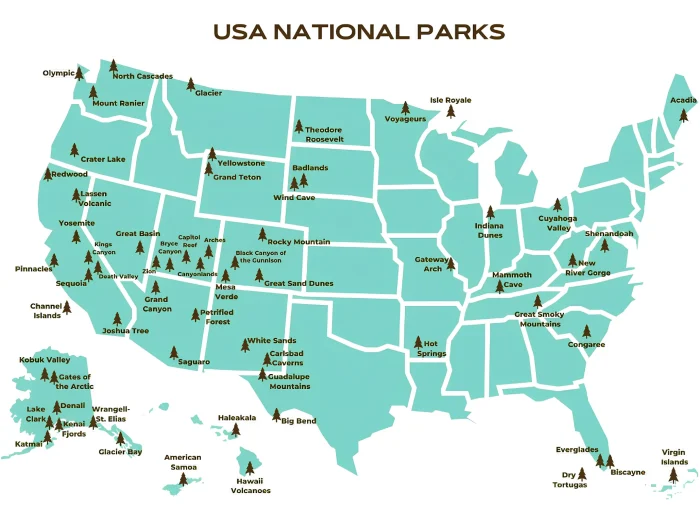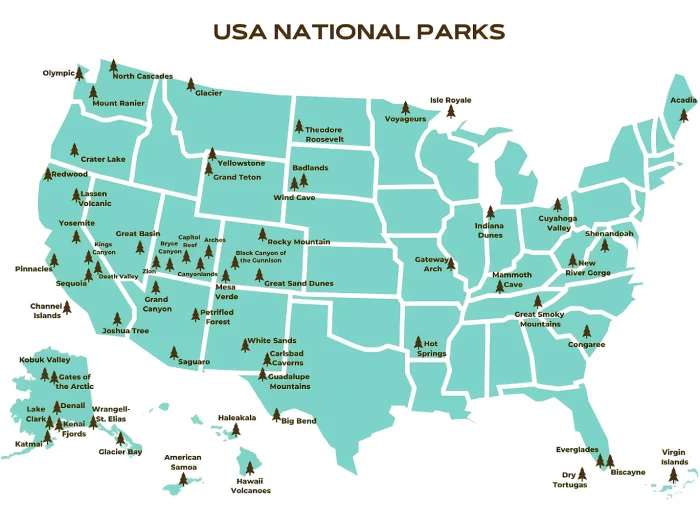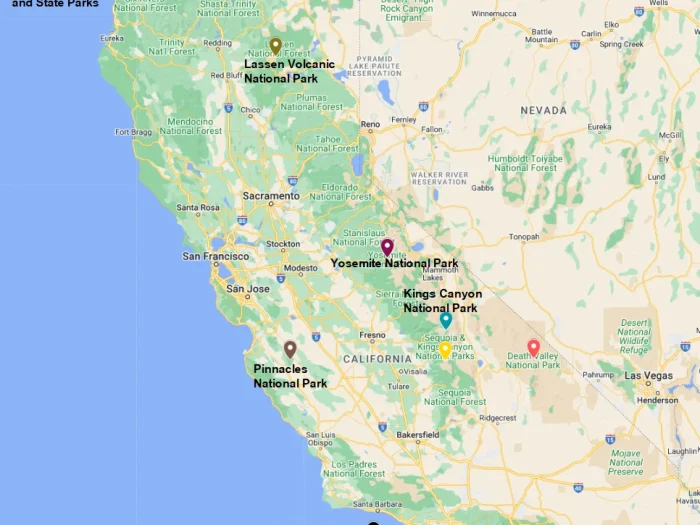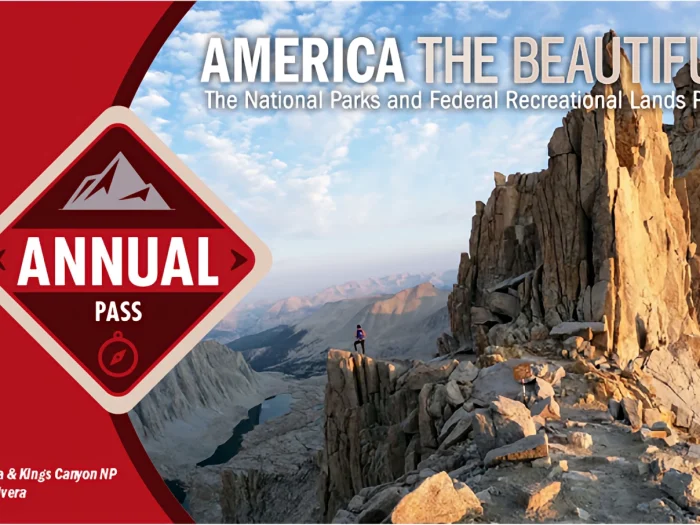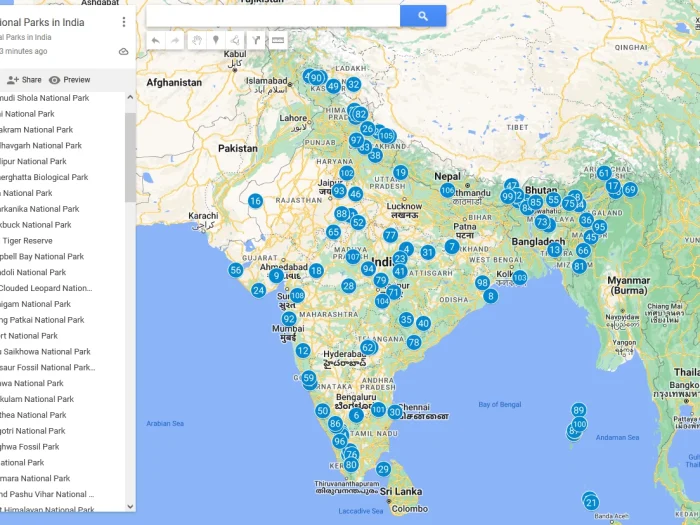Best Things to Do in Redwood National Park
Nestled along the rugged northern coast of California, Redwood National and State Parks are home to some of the tallest trees on Earth, ancient forests, and breathtaking coastal landscapes. Whether you’re a nature lover, photographer, or outdoor adventurer, this UNESCO World Heritage Site offers unforgettable experiences. Here are the best things to do in Redwood National Park.
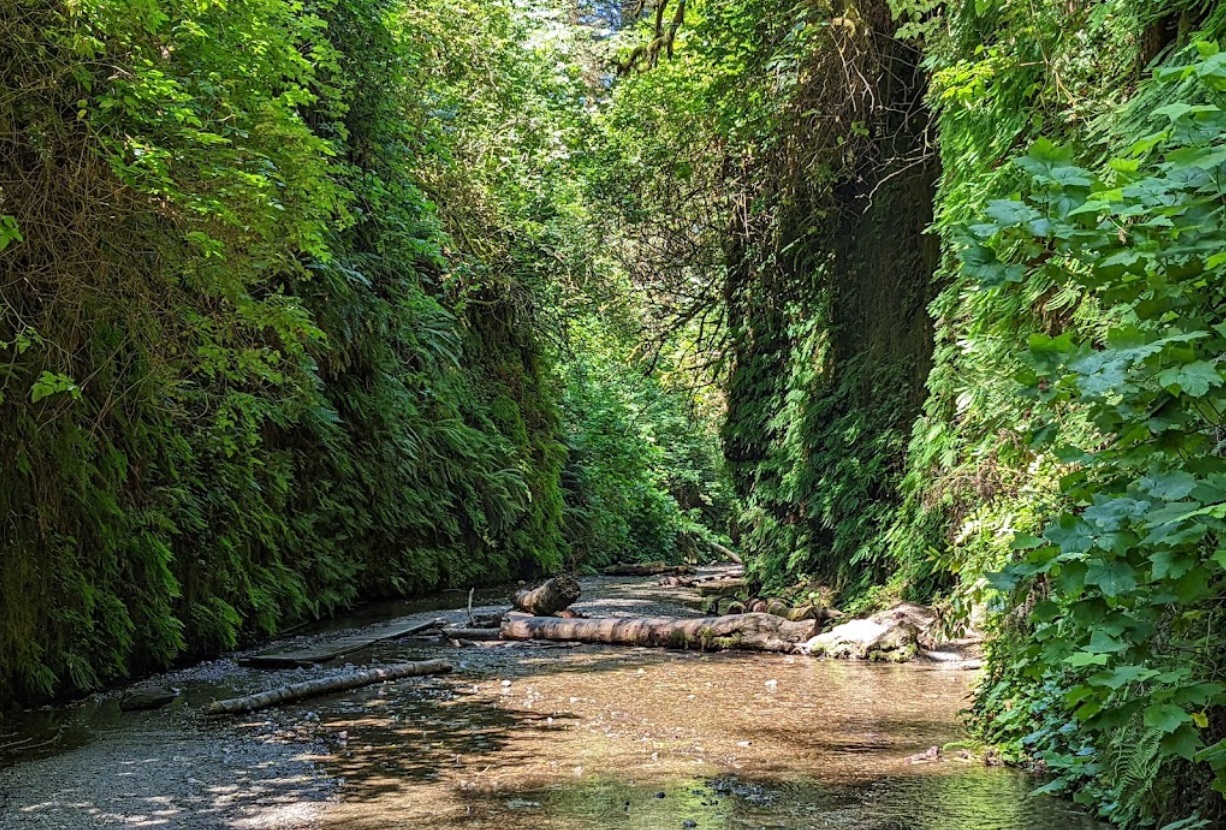
1. Walk Among Giants on the Tall Trees Grove Trail
No trip to Redwood National Park is complete without standing beneath its towering giants. The Tall Trees Grove Trail offers a humbling walk through some of the park’s most majestic old-growth redwoods. This moderate 4-mile hike descends to the alluvial flats of Redwood Creek, where trees reach over 350 feet tall.
🪵 Permit required — available for free at the visitor center.
2. Drive the Scenic Newton B. Drury Parkway
If you want to experience the park without too much hiking, take a drive down Newton B. Drury Scenic Parkway, a 10-mile road winding through ancient redwood forests. It’s a peaceful and photogenic drive, with plenty of pullouts and short trails along the way — like Big Tree Wayside and Cathedral Trees Trail.
3. Hike the Lady Bird Johnson Grove Trail
One of the most popular and accessible trails in the park, Lady Bird Johnson Grove is perfect for beginners. The 1.5-mile loop offers ethereal views of misty redwoods and lush ferns — often shrouded in coastal fog. The interpretive signs along the way tell the story of the forest’s preservation, named after former First Lady Lady Bird Johnson.
4. Marvel at Fern Canyon
Fern Canyon is straight out of a fairytale — and in fact, it’s been a filming location for movies like Jurassic Park 2: The Lost World. This narrow canyon, with 50-foot walls draped in lush green ferns, feels like stepping into another world. It’s a short, easy hike (about 1 mile), but prepare to get your feet wet crossing the small creek that runs through the canyon.
🌿 Located in Prairie Creek Redwoods State Park — check seasonal access and permit requirements.
5. Spot Roosevelt Elk in Prairie Creek
Wildlife lovers should head to Prairie Creek Redwoods State Park, where herds of Roosevelt elk roam freely. You can often see them grazing in the meadows near Elk Prairie or along Davison Road. Bring your camera and keep a respectful distance — these majestic creatures can weigh over 1,000 pounds!
6. Explore the Coastal Trails
Redwood National Park isn’t just about trees — it also boasts dramatic ocean vistas. The Coastal Trail stretches over 70 miles, offering access to secluded beaches, tide pools, and rugged cliffs. Top coastal spots include:
- Enderts Beach Overlook – a short hike with stunning ocean views.
- Gold Bluffs Beach – ideal for picnics and wildlife watching.
- Klamath River Overlook – a prime spot for whale watching in spring and fall.
7. Go Camping Under the Stars
Immerse yourself fully in nature by camping among the redwoods. Popular campgrounds include:
- Elk Prairie Campground (Prairie Creek Redwoods)
- Mill Creek Campground (Del Norte Coast Redwoods)
- Jedediah Smith Campground – right beside the Smith River, surrounded by ancient redwoods.
If you prefer comfort, nearby towns like Crescent City and Orick offer cozy cabins and lodges.
8. Kayak or Swim in the Smith River
The Smith River, one of the cleanest rivers in the U.S., offers crystal-clear waters perfect for kayaking, swimming, or fishing. Several local outfitters in Crescent City and Hiouchi rent kayaks and offer guided tours for a safe and scenic experience.
9. Visit the Kuchel Visitor Center
Before exploring, stop by the Thomas H. Kuchel Visitor Center near Orick. It’s the largest visitor center in the park, featuring exhibits on the redwoods’ ecology, maps, and up-to-date information on trail conditions. Plus, the beach behind the center offers sweeping views of the Pacific Ocean.
10. Catch the Sunset Over the Pacific
End your adventure with a sunset you’ll never forget. The Klamath River Overlook or Gold Bluffs Beach are ideal spots to watch the sun dip below the horizon, casting a golden glow over the ancient forest and ocean waves.
Final Thoughts
Whether you’re wandering through the misty groves, exploring lush canyons, or admiring wildlife, Redwood National Park offers a rare connection to nature’s ancient beauty. It’s not just a destination — it’s an experience that stays with you long after you leave.
FAQs About Things to Do in Redwood National Park
1. What is the best time of year to visit Redwood National Park?
The best time to visit is May through September, when the weather is mild and most roads and trails are open. Summer offers clear skies, while spring brings lush greenery and fewer crowds. Winter can be rainy, but the park is peaceful and misty — perfect for photographers.
2. Do I need a reservation or permit to visit the park?
Most areas are open without reservations, but a few popular spots require permits, such as Tall Trees Grove and Fern Canyon (during summer). You can get these free or low-cost permits at park visitor centers or online in advance.
3. How many days should I spend in Redwood National Park?
Plan to spend at least 2–3 days to explore the highlights — like Lady Bird Johnson Grove, Fern Canyon, and the scenic drives. If you want to hike more trails or explore the coast, 4–5 days will allow for a deeper experience.
4. Are there easy hikes for beginners or families?
Absolutely! Some of the best easy hikes include:
- Lady Bird Johnson Grove Trail (1.5 miles)
- Big Tree Wayside Trail (0.3 miles)
- Fern Canyon Loop (1 mile)
These are short, scenic, and suitable for all ages.
5. What are the must-see attractions in Redwood National Park?
Top attractions include:
- Tall Trees Grove
- Fern Canyon
- Prairie Creek Redwoods State Park
- Gold Bluffs Beach
- Newton B. Drury Scenic Parkway
Each offers a unique glimpse of the park’s diverse beauty — from ancient forests to wild coastlines.
6. Can I see wildlife in the park?
Yes! The park is home to Roosevelt elk, black bears, banana slugs, and numerous bird species. The best places to spot elk are Elk Prairie, Gold Bluffs Beach, and Davison Road. Always keep a safe distance and never feed wildlife.
7. Are dogs allowed in Redwood National Park?
Dogs are not allowed on most trails to protect wildlife and delicate ecosystems. However, they are permitted on designated roads, campgrounds, and beaches (like Crescent Beach and Gold Bluffs Beach) if leashed. Always check the latest park rules before visiting.
8. Can I camp in Redwood National Park?
Yes! There are several scenic campgrounds within the park system, including:
- Elk Prairie Campground
- Mill Creek Campground
- Jedediah Smith Campground
Reservations are highly recommended, especially in summer.
9. Is there a scenic drive through the redwoods?
Definitely — the Newton B. Drury Scenic Parkway is one of the most beautiful drives in the park. It’s a 10-mile road through towering old-growth forests, with plenty of pullouts and short trails to explore. Howland Hill Road near Crescent City is another stunning (though unpaved) drive.
10. What should I bring when visiting Redwood National Park?
Pack layers, as the coastal climate can shift from sunny to foggy quickly. Bring sturdy shoes, rain gear, water, snacks, and a camera for those breathtaking tree views. A map or offline GPS is also handy since cell service is limited in many areas.
